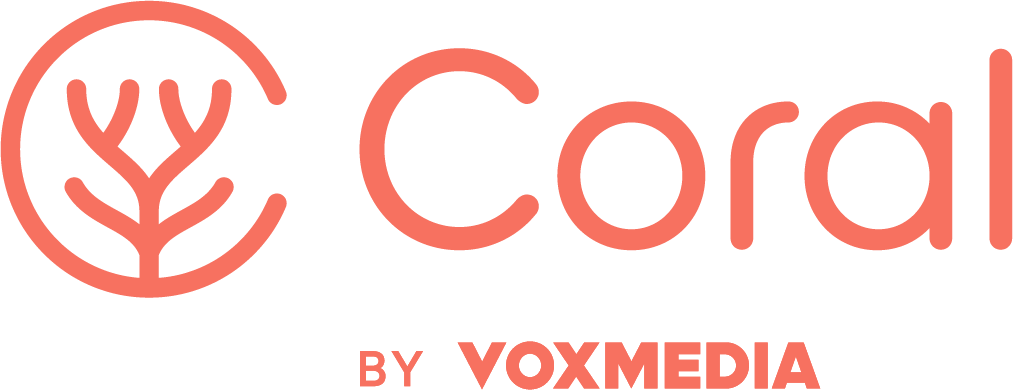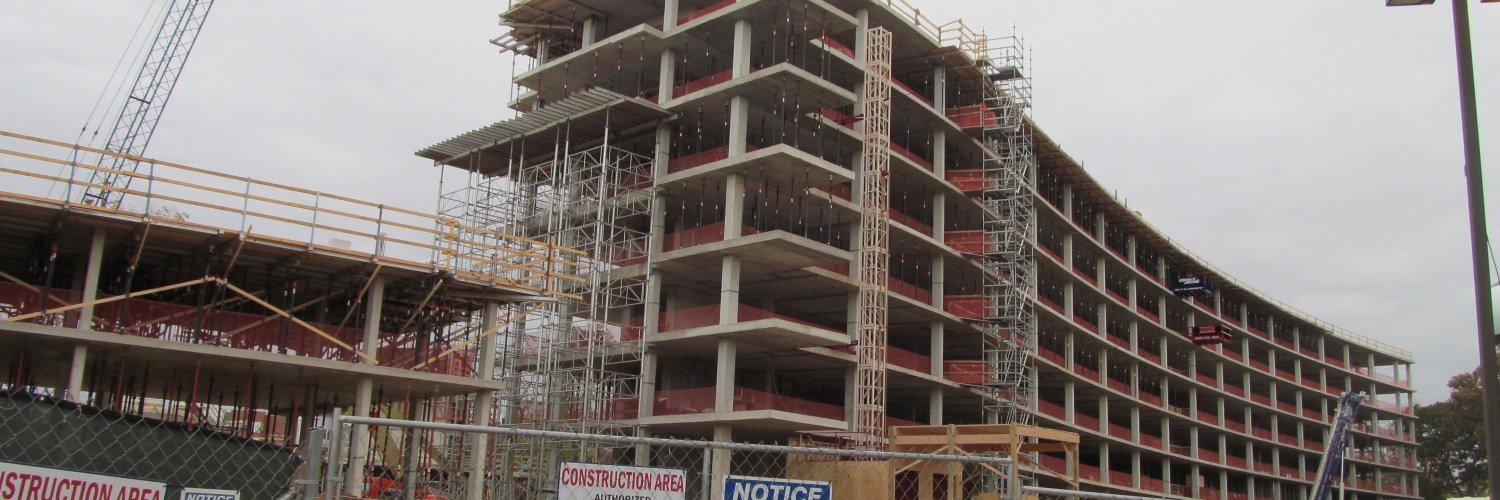This piece was originally published on jesikahmariaross.com
By jesikah maria ross
As Capital Public Radio’s Senior Community Engagement Strategist, I get asked a lot about collaboration. Why collaborate? Who should we collaborate with? What does a good partnership look like? What’s it going to cost in terms of time or resources?
I feel like I should have ready responses, but I don’t. That’s partly because I’m new to public radio and still trying to find my land legs in the waves that roll through the newsroom every day. But it’s also because I’ve haven’t yet thought it through. How do I build productive partnerships that lead to great journalistic content?
Our documentary project The View From Here: Hidden Hunger, was phenomenally successful largely because of our project partnerships. What did we do right?
Here are five lessons gleaned from the approach we took on Hidden Hunger, a multi-platform documentary that tells the stories of people coping with food insecurity and those working to alleviate hunger.
Let me start with my take on why developing solid partnerships matter in public radio:
- Collaboration generates innovative approaches to our reporting, distribution, and making good on our public service mission.
- Bringing journalists and community leaders grappling with social issues together to collectively report on a story generates journalism that is relevant, responsive, and impactful.
- Engaging community groups in collaborative storytelling demonstrates how public media serves them and the communities they care about. This forges a greater sense of ownership and trust in public media.
And now, the lessons learned.
Tip 1—Make Space for Innovation
Use a journalism tool like NPR’s Blueprint for Planning Audio Projects or even a simple focus statement to describe your project’s need for community partnership. Think about how a partnership will solve your problem, provide benefits to both the newsroom and community organizations and offer solutions.
Remember journalism takes time. Big projects take longer. Community partnerships add to both endeavors. Make sure you pick a project that’s worth the effort and embrace the time it takes to do things well.
At CapRadio we started by forming an interdepartmental workgroup to generate a shared understanding of what community engagement means and its value proposition—for us and potential partners. Here’s the definition we came up with: “community engagement is working collaboratively to discover, understand and voice community needs, concerns and aspirations.” This internal dialogue got us on the same page and laid the groundwork for the Hidden Hunger reporting and relationship building processes.
Tip 2—Build a Different Kind of Relationship
Invest time in listening, learning and dialoguing with stakeholders instead of dropping in, extracting information and interpreting it back at your cubicle. Also, research potential partners to assess their strengths and weaknesses, who plays well together and has a good reputation. Focus on building quality relationships, not a quantity of relationships.
Here’s how we did that on HiddenHunger.
I started by having one-on-one conversations with key leaders in Sacramento’s anti-hunger movement to learn about issues and local solutions. Then I facilitated a series of stakeholder convenings that involved these leaders, newsroom journalists, and representatives from diverse community-based organizations, educational institutions and government agencies. Over a shared meal, we traded street level experiences, data and policy info. These conversations were game changers. Journalists heard community stories, met sources and got a wider context on food insecurity in our region. Community leaders felt heard, respected and engaged.
After that, I formed project partnerships with four coalitions that I developed connections with through the one-on-ones and the convenings: Grow Sacramento, Sacramento Region Food System Collaborative, Sacramento Hunger Coalition, and the American Academy of Pediatrics Northern California. These “hub” organizations represented about 70 local anti-hunger groups in the Capitol Region. I created a Coordinating Council made up of 12 members from various coalition groups. The Council met monthly to inform newsroom reporting and develop a community engagement plan that spelled out shared goals, roles and activities for the project. While the community engagement plan was by no means a contract set it stone, it effectively functioned as a Memo of Understanding between CapRadio and project partners.
Tip 3—Co-create for New and Core Audiences
Collaborate with partners to report and share stories so that they’re relevant for their constituencies and public radio audience alike. Here are two ways we did that on Hidden Hunger.
Mobile Storybooth
Our coalition partners wanted to raise awareness of the depth and scale of hunger in our region. 220,000 people go hungry at some point each month in Sacramento County, including 88,000 kids. That‘s nearly a quarter of the entire population, which is a jaw dropping statistic when you consider that Sacramento is one of the most fertile agricultural regions in the county.
Our partners also wanted to the bust the stereotypes of who goes hungry and why by showing the range of people grappling with food insecurity.
During the documentary research phase, we created a mobile storybooth that traveled to food banks around Sacramento to record stories from the front lines of food insecurity. A community partner collaborated with us at each site to bring forward a diverse range of storytellers. We recorded about 50 audio stories, took portrait photos, collected resources and put it all together on an interactive website that collaborators could use in their education and outreach work.
This storybooth also functioned as listening post for the team of journalists working on the project. Hearing the stories helped them cover much more ground than they could have through their individual reporting. Juxtaposing these community voices with academic data, on the other hand, helped us frame the issue in a more compelling way and ask the questions that weren’t being raised elsewhere.
Not only did storybooth content get shared via our collaborators and across social media (ours and theirs), we ended up folding about a dozen stories into an hour-long public radio documentary.
Public Conversations
After the broadcast, our partners wanted to use project content to deepen public understanding of the issues and generate opportunities to get involved. And our station wanted to reach diverse audiences in new ways. So together we orchestrated a series of large-scale community conversations that used powerful public radio stories and lightning presentations by community leaders to spark conversation, build empathy and motivate action.
These two-and-a-half hour events kicked off with food, music and an exhibition of storybooth portraits. I curated the seating assignments so that a policymaker, business leader, social service provider, someone who is food insecure and a few members of general public sat at each table.
A coalition partner hosted each table to welcome people and spark dialogue. Project partners also helped select stories to play and speakers to present each story. We coordinated themed Info Zones (school gardens, food policy, community nutrition, social services) inside the venue so that after the program participants had a place to go to learn more and sign up.
These events “sold out” at 125 people (the event was free but registration was required) and required what felt like a small army to promote, coordinate and implement. We were only able to pull this off through the combined savvy and people-power of our coalition partners.
Tip 4—Embrace Reciprocity, Really.
In J-school and on the job, reporters are encouraged to move fast and focus on what THEY need for THEIR stories. They show up, talk about what they’re interested in, often dominate the conversation with pre-selected questions, and leave once they’ve gotten enough information to meet their deadline. Would you date that person?
If we want to have meaningful, fun, and effective partnerships we need create storytelling processes and programs that are mutually rewarding. Like you would with your sweetie, we need to be attentive to our partner’s wants, needs, dreams and foibles. And not just on the first date, but throughout the life cycle of the engagement. Always keep in mind what’s in it for them and how to help make that happen.
Tip 5—Hire a Community Engager.
Who is doing all this “extra” work, while the journalists are creating awesome content? Good question. Plan and budget for a person (full time, part time or even a consultant) whose job is building, creating, nurturing and advocating for partnership. Make sure they have community development skillsets and mindsets because collaboration requires shared vision, joint decision-making, regular communication, follow-up and project management.
In other words, partnership is a role and responsibility. And it’s not what J-schools train reporters to do. So make sure you have someone who not only CAN do this work but excels at it. Community organizers, social practice artists and development practitioners are good bets.
Good, solid journalism doesn’t require community engagement. But if your news team is ready to really listen to your community and tell stories that matter to them, these five tips can help get you started.
——————————————
Bonus tracks: Here are more Tips for Doing Journalism with Communities and A Reporter’s Perspective on Why Do Community Engagement.
Thanks, as always, to my CapRadio colleague Catherine Stifter for contributing to this post.
jesikah maria ross produces participatory media projects that generate public dialogue and community change. Her work brings journalists and community stakeholders together, creating a path and a plan that changes how we collect, tell and share the stories of our communities. She is currently the Senior Community Engagement Strategist at Capital Public Radio.http://jesikahmariaross.com/
Photo by SCBY Used under CC-BY-SA 4.0


